Are my feet contributing to my hip pain?
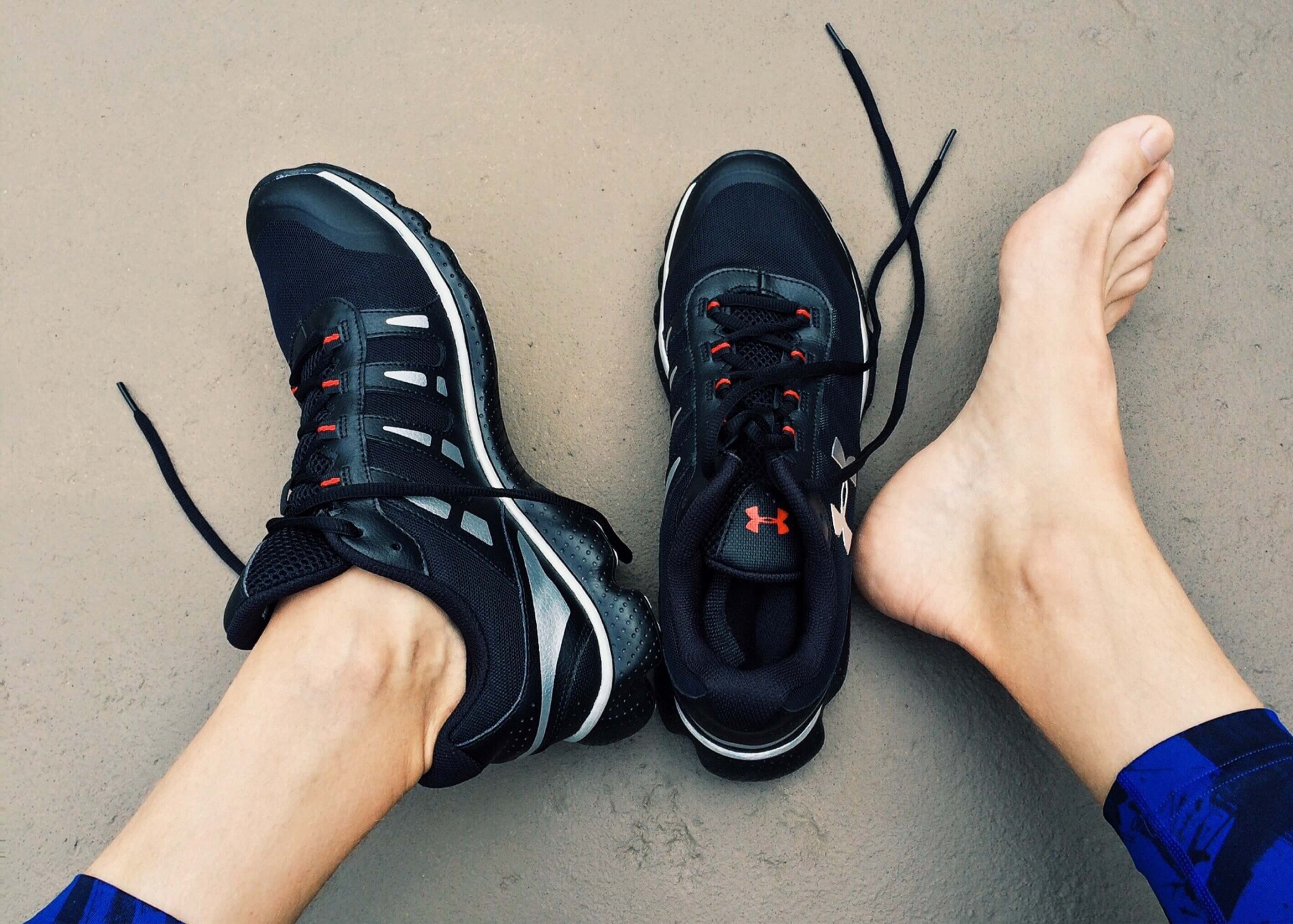
As a physiotherapist with expertise in the management of a variety of hip conditions I’m often asked by my patients “Are my feet contributing to hip pain?”
The answer of course will be different for every patient and an individual assessment of your hip pain and its causes is always required. I don’t believe the answer to resolving your hip pain is as simple as ‘everybody with pronated feet needs orthotics to help their hip’; this is simply not the case!
Let’s explore the function of the feet!
Your feet are designed to have two functions in your life. The first is to provide shock absorption when your foot strikes the ground in your walking or running pattern. For shock absorption the feet need the capacity to pronate, which is when the arch of the foot collapses very slightly in order to create a spring for shock absorption. Pronation is not such a bad thing; it is a very natural function of the foot.
The next function for your foot is to have a relatively rigid lever to push off efficiently and to propel you forward throughout your walking or running cycle. In order to push off efficiently your foot needs the capacity to supinate- which is when your arch lifts very slightly and your foot is slightly stiffer.
So throughout your walking pattern, your foot will pronate a little bit to allow you for more shock absorption when your foot first hits the ground (foot strike). And when you push off in your walking or running cycle, your foot will be more rigid or supinate in order to be able to propel you forward efficiently. Both of these functions are very important for the foot.
I have had many patients who have shared with me that they have been prescribed orthotics to prevent pronation only to end up with an increase in their hip or lower back pain. Within my own patient population, I have seen patients who have very rigid feet with an inability to pronate due to stiffness in their joints or tightness in their foot muscles, which can contribute to increased impact through the hip joint throughout their walking or running cycle. So orthotics aren’t always the answer!
I routinely provide foot mobility exercises for my patients in order to assist their hip pain throughout their walking cycle. This might include calf stretches or spiky ball roll or soft ball massage through the arch of the foot. If you have a very rigid foot or tight ankle or tight calf this can mean that when your foot strikes the ground, a bit like the car shock absorbers, they’re not doing their job correctly, further impact can travel up the chain and into the knee or the hip.
If you know that you have tight calves or stiff feet then orthotics might not be the answer for you and I would encourage you to try adding some calf stretches or foot mobility exercises to your program of exercises.
Occasionally there are patients who have feet that are excessively pronated or ‘flat footed’. I have sometimes seen patients with these foot conditions that have been present since their teenage years and are absolutely not affecting their hip at all, which means that when they attempt to wear orthotics there is no improvement in their hips symptoms. So it is possible to have pronated feet that are simply part of your natural genetics and not necessarily contributing to your hip pain.
There are a small minority of patients who have slowly over time developed mid foot pronation which is contributing to an inward rotation of the hip and knee and a subsequent loss of good muscle control around the hip joint. In these circumstances looking at appropriate footwear or orthotics can benefit.
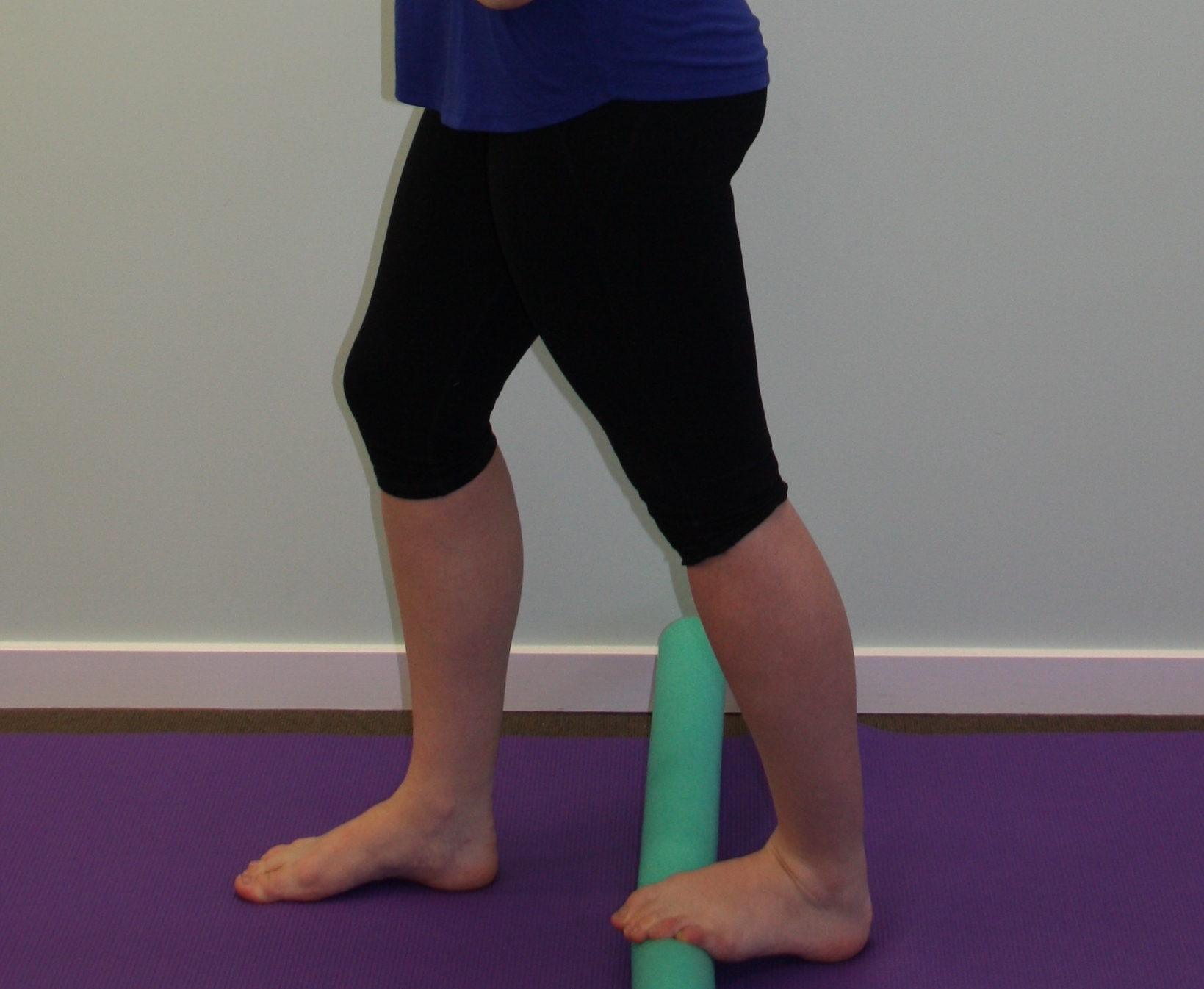 Overall the answer is not simple and need to be an assessment is always required. Simple tips to help your hips if you feel that feet maybe contributing are to:
Overall the answer is not simple and need to be an assessment is always required. Simple tips to help your hips if you feel that feet maybe contributing are to:
- Wear cushioned shoes in the presence of osteoarthritis. If you have hip or knee osteoarthritis diagnosed, then you do need some shock absorption capacity through your feet in order to limit the impact to the joint. If you have particularly stiff feet then ensuring a soft cushioned shoe can assist with this.
- Try some calf stretches morning and night
- Simply a light massage under the foot (avoiding the delicate heel area) can also help mobilise the stiff mid foot joints and if in any doubt then always seek individual assessment to see if your feet are contributing to your hip pain.

Nichole Hamilton physiotherapist, has a special interest in the management of hip pain and is passionate about patient education and helping you get back to doing the things you love!
Like to know more? Have you been diagnosed with hip osteoarthritis and want to know what you can do to help yourself delay surgery?
Click here for osteo-arthritis help!
Do you have pain on the outer hip with trochanteric bursitis?
Read our free ebook for bursitis here!

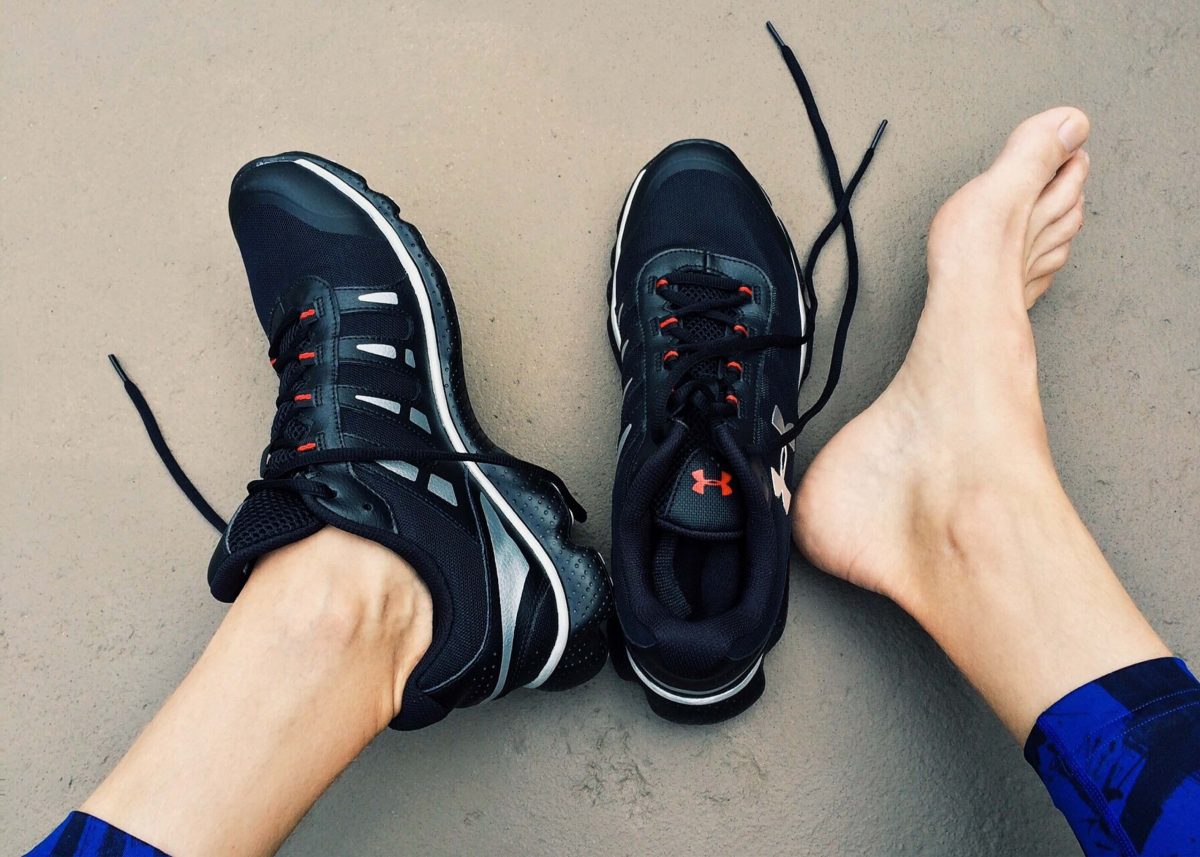
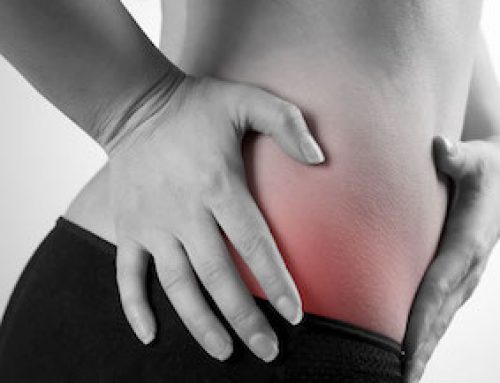

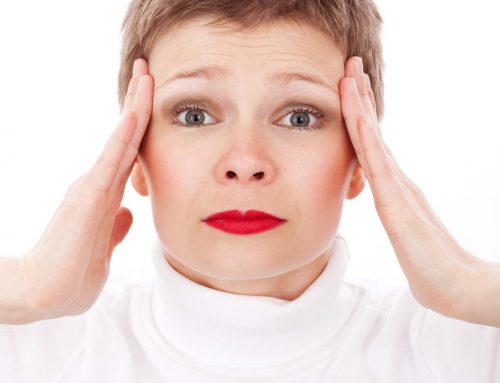
Leave A Comment